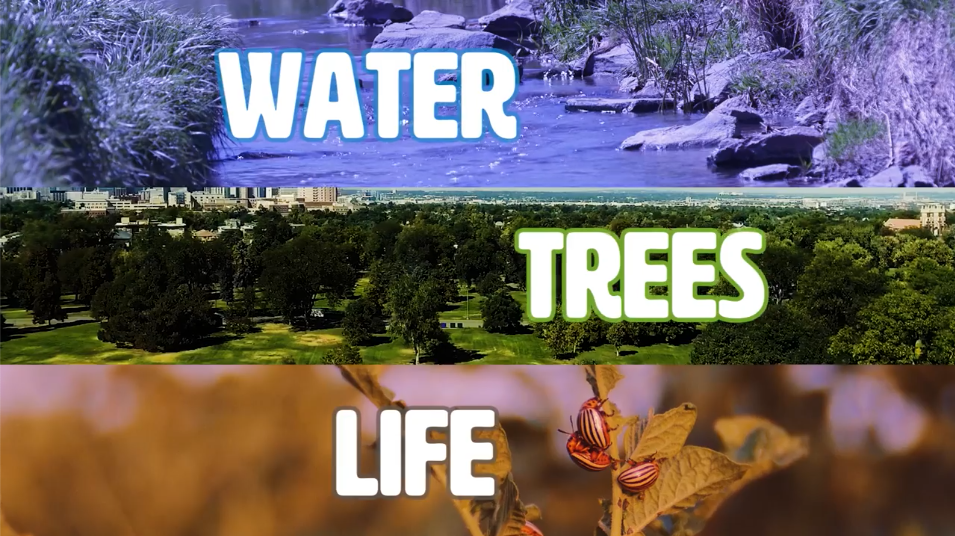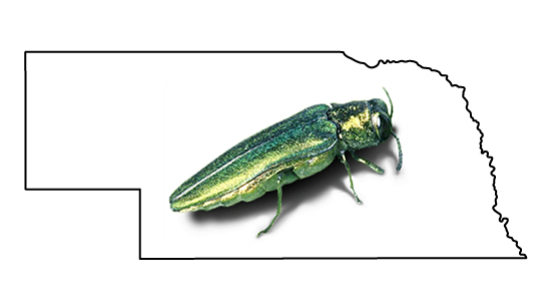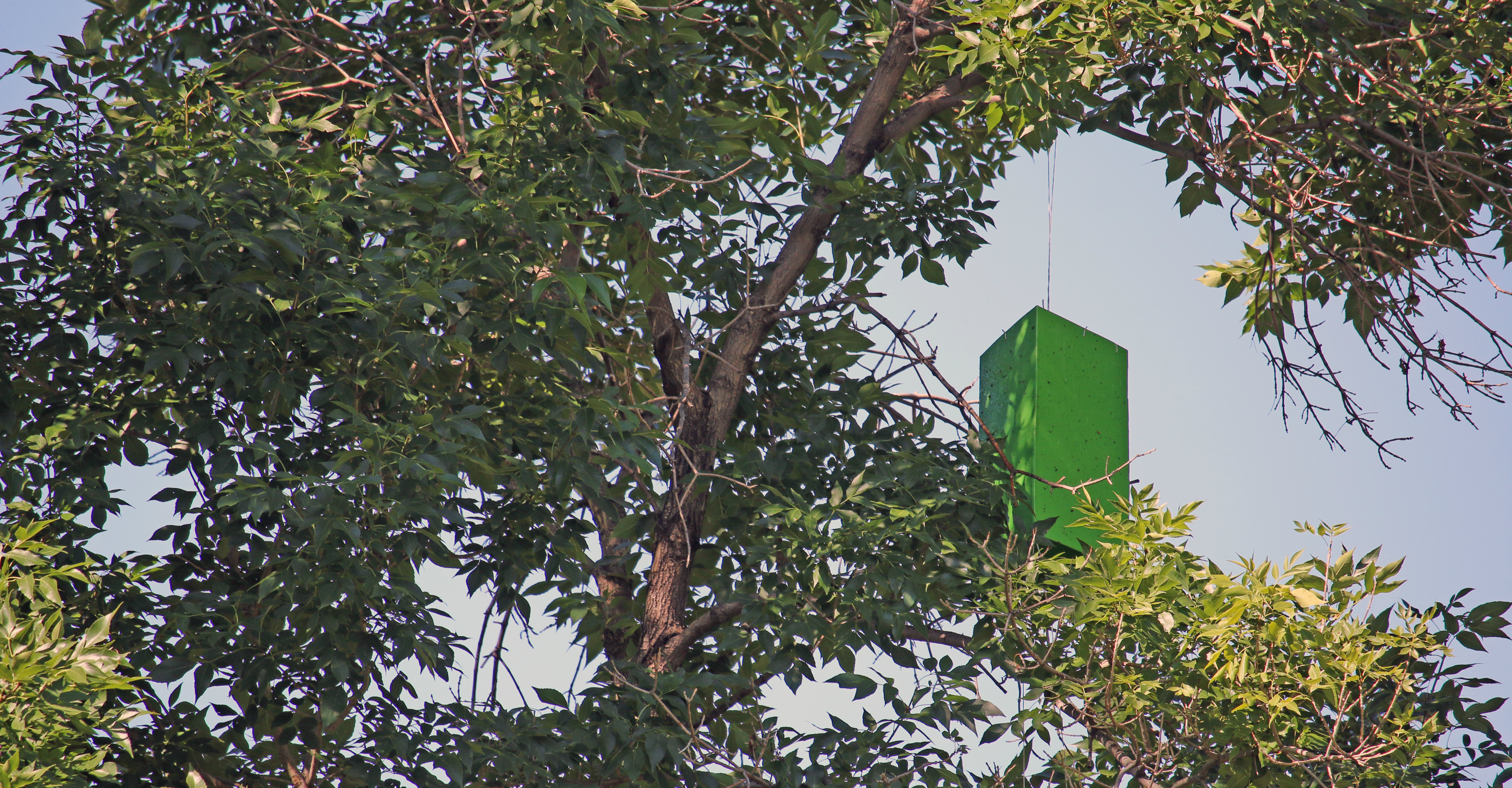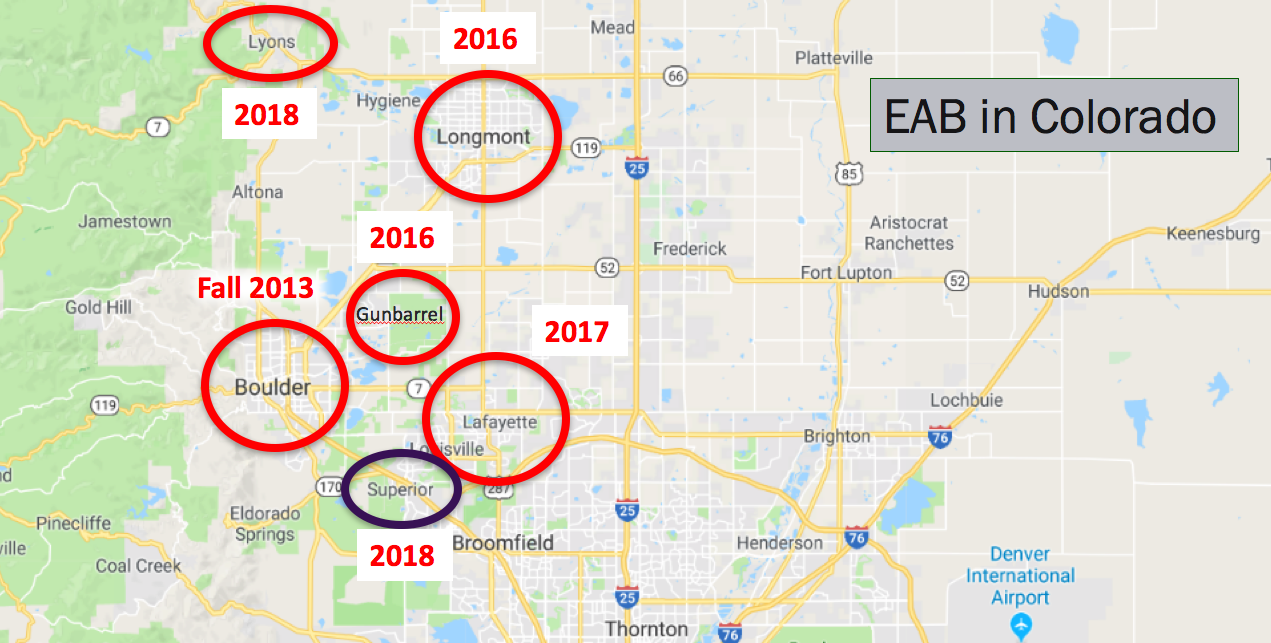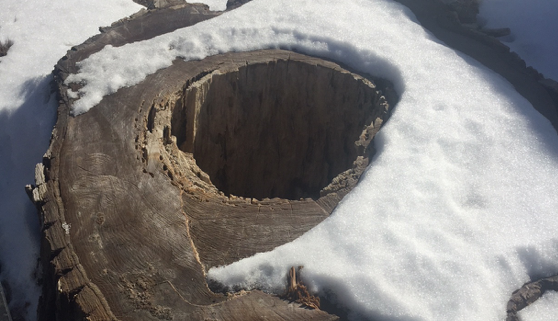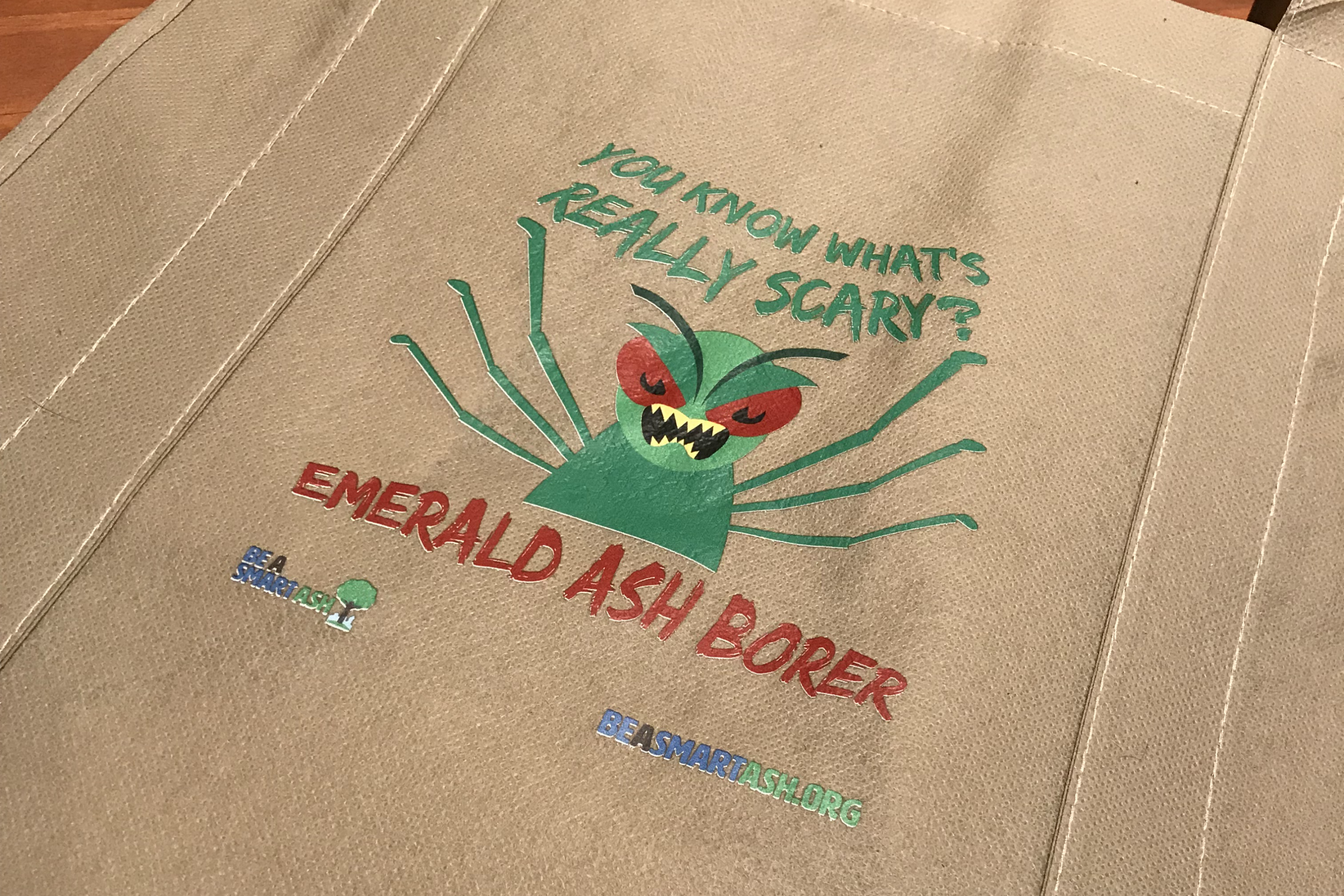Water, Trees, Life Livestream: Discover Denver’s Urban Forest
Welcome to the Water, Trees, Life livestream!
Grab your family and friends for this interactive, educational show from the Be A Smart Ash team. Each livestream brings the natural world of Denver into the comfort and safety of your living room. The second episode in the series debuted on Friday, July 17 at 11 AM on the Denver Parks & Recreation Facebook page, but you can watch the episode in its entirety above.
In Episode 2, we visited the often-overlooked 14,000 acres of Denver Mountain Parks to explore the relationship between forest ecology and Denver’s drinking water. We then took a trip back down to the city to learn about how we can plant trees to make parks more accessible. Finally, we spoke with a wildlife expert about our urban beaver population — that’s right, Denver has beavers!

